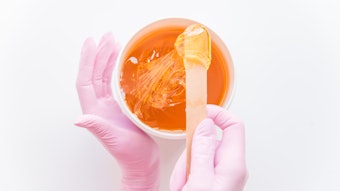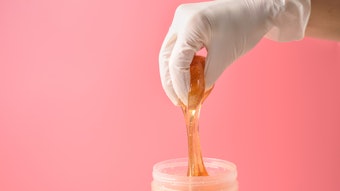Acupuncture, as practiced in traditional Chinese medicine, may offer some relief from migraine pain, a new study suggests.
Italian researchers found that regular treatments with "true" acupuncture helped improve symptoms in 32 patients whose migraines had been resistant to standard preventive medication.
Moreover, the therapy worked better than two forms of "sham" acupuncture used for comparison, the researchers report in the medical journal Headache.
Past studies have yielded conflicting results as to whether acupuncture can aid in migraine treatment. Some research has suggested that sham acupuncture, using blunted needles that do not pierce the skin, is as likely to bring relief as is the real therapy--calling into question the actual biological effects of acupuncture.
However, a problem with this research is that studies have had inconsistent designs, and many have used acupuncture points that are "inappropriate" based on Chinese medicine, according to the authors of the new study.
Acupuncture has been used for more than 2,000 years in Chinese medicine to treat a wide variety of ailments. According to traditional medicine, specific acupuncture points on the skin are connected to internal pathways that conduct energy, or qi ("chee"), and stimulating these points with a fine needle promotes the healthy flow of qi.
For the current study, Dr. Enrico Facco, of the University of Padua in Italy, and his colleagues looked at how traditionally performed acupuncture stood up against two sham forms for preventing migraines. They randomly assigned 160 migraine sufferers to one of four groups: in one, patients received twice-weekly sessions of acupuncture using traditional acupuncture points; a second group received sham acupuncture as it is usually performed in studies; a third group also underwent sham acupuncture, but with the blunted needles touching traditional acupuncture points; the fourth served as a control group, in which patients received no acupuncture or preventive medication.
The participants in all the groups were given medication to treat any migraine attacks.
Over six months, Facco's team found only the group receiving true, traditional acupuncture showed lasting improvement in migraine disability measured on a standardized scale, compared with the control group.
The main novelty of the study, Facco said, is that the therapy was based on traditional Chinese medicine, but studied using the modern, Western scientific method.
The results are promising, he said, but more studies are needed to confirm the benefits of traditional acupuncture for migraine. However, Facco added, because the therapy carries little risk of side effects, it could be worth a try for migraine sufferers who are not adequately helped by standard preventive treatment.
It's not completely clear why acupuncture might ease migraine pain. In addition to the traditional theories on qi, modern research has suggested that acupuncture may work by altering signals among nerve cells or affecting the release of various chemicals of the central nervous system.
SOURCE: Headache, March 2008
Reuters Health, April 11, 2008
Acupuncture Helps Ease Migraines
Jun 25th, 2008










